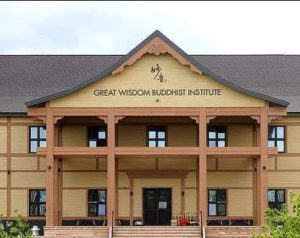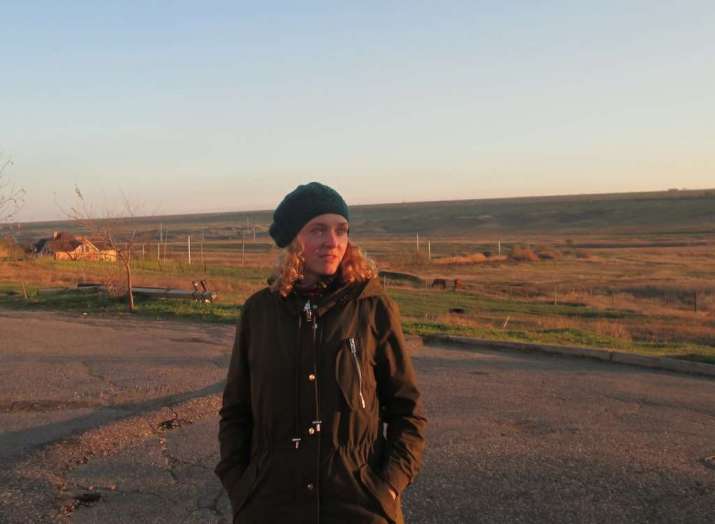
The Russian Federation includes three autonomous republics with majority Buddhist populations. These republics are relatively unknown among Buddhists and scholars in the West, but have in the past couple of decades gained increasing prominence for their unique positions in the Russian polity and religious-social-cultural histories, in particular the republic of Kalmykia. One of the most knowledgeable and articulate scholars best qualified to discuss the Buddhist history of Kalmykia is Valeriya Gazizova, a recipient of The Robert H. N. Ho Family Foundation Postdoctoral Fellowships in Buddhist Studies 2017. She is currently based at Cambridge University and is working on a postdoctoral project called, “Clandestine Buddhism” in Soviet Kalmykia (1958–1988) and its Role in the Post-Soviet Buddhist Revival.
Valeriya grew up in Russia’s North Caucasus region from the age of 12. She completed her first university degree in English and French Philology in her home city of Krasnodar and became interested in Kalmyk culture and history during her MA in Tibetan Studies at the University of Oslo. She completed her PhD on Mongol religions and culture in 2015 at the same institute. She has since embraced a multidisciplinary approach, deploying historical-critical, textual, anthropological, and sociological ideas to understand this unique Buddhist culture at the far side of the Russian world.
“The history of Kalmykia is tragic,” she says. “It’s a story of loss after loss, crisis after crisis. It is possible to identify this series of catastrophes by looking at what happened during the years of Joseph Stalin’s oppression. In 1931, the head lama of Kalmykia, Luvsan Sharap Tepkin, was arrested, and throughout the 1930s a sustained campaign of repression and forced disrobing of monks spread throughout the republic.”
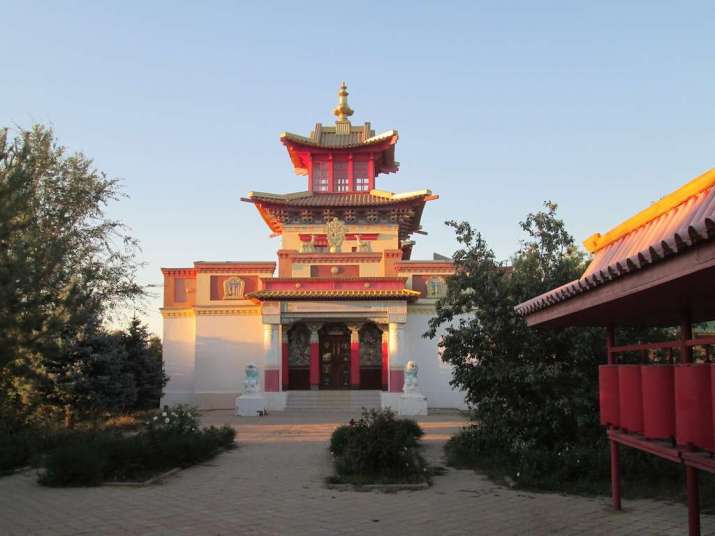
Looking back on this period of particular viciousness against the Buddhist population, she notes that some scholars believe that Stalin’s paranoia was further compounded by the fact that khuruls (Kalmyk monasteries) re-opened in part of southern Russia where, during the most ferocious period of Soviet-Nazi warfare, the Nazis took over. Moreover, the Kalmyk Cavalry Corps was notoriously formed by the Nazis and fought for Hitler. The fallout of projecting this “Kalmyk treason” on the entire Kalmyk populace led to Soviet persecution (and the displacement of hundreds of thousands of Kalmyks to Siberia) that was far more intense than that visited upon Orthodox or Protestant communities. By the 1990s, a theory circulated that Kalmykia was used as a “test site” for a totally atheist state.
“The year 1988 is remembered as one when the Buddhist revival truly gathered pace, since that was the year the first official Buddhist group was registered in Kalmykia,” says Valeriya. “Although the Kalmyks were officially pardoned in the late 1950s and Kalmykia was rehabilitated as an autonomous republic of the USSR, no officially permitted khuruls existed there until the perestroika period. However, Buddhism continued to be effectively practiced underground. It was still illegal, unwanted, and never fully trusted by Khrushchev and his successors.”
As a very well-informed observer, Valeriya is confident that the Kalmyk community will be able to maintain a large degree of cultural autonomy due to the immense respect accorded to the largely restored Buddhist authorities, led by figures such as Telo Tulku Rinpoche. “I’d also note that I’ve never seen any conflict with the Russian Orthodox Church, or any ethnic tension that such religious disagreements might imply,” she adds.
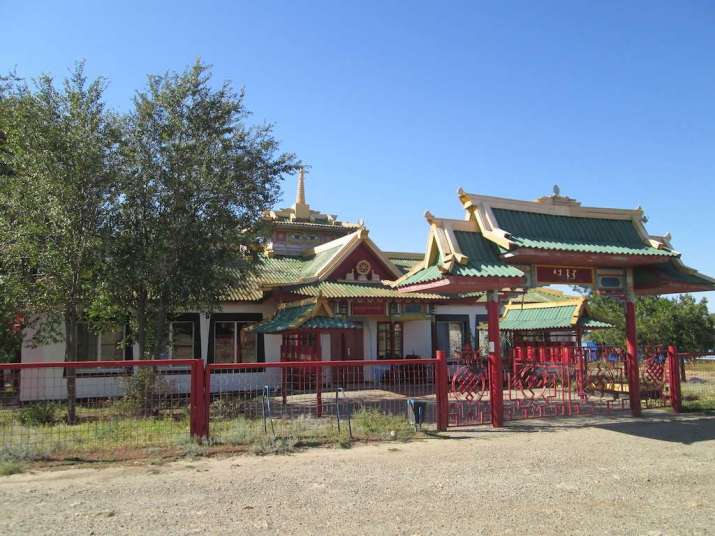
Instead, Valeriya sees a more interesting development. “You see different communities favoring different configurations of Buddhist practice. Some in the more established monasteries support ties with Tibetan monasteries, including institutional regulations such as monastic celibacy in the model of Gelugpa monks. These monks formed the backbone of the Kalmykian Buddhist intelligentsia, having studied in Tibetan monasteries in exile and traveled around Russia. Other groups, however, say that full-scale monasticism is impossible given the unique history of Buddhist practice in the republic and the trauma of the Soviet period.” Valeriya observes that there is a trend of “Buddhist constructivism,” which she characterizes as a “reimagining of authentic historical Kalmyk Buddhism,” taking elements from Kalmyk folklore and earlier pre-Buddhist or shamanic beliefs.
In other words, there seems to be a tension between “high Buddhism” as espoused by the restored Gelug school and which draws legitimacy from Tibet, and a lay form of lamas with day jobs, who look after families and households, and some of whom might be more inclined towards Nyingma or Kagyu practices. The originally Mongolian mythical figure of the White Old Man, or Tsagan Aava, is also a far more prominent object of worship and veneration in this “reconstructionist” vision than he would otherwise be in the strictly Gelug school.
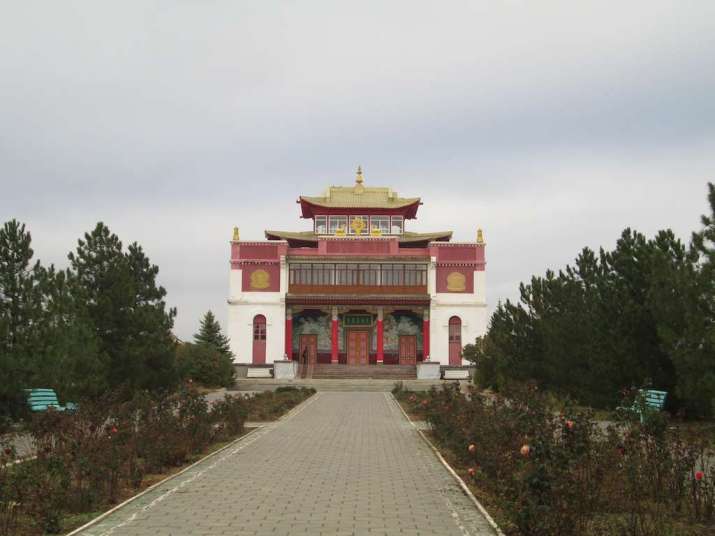
Valeriya’s most recent field trip was to conduct research on this complex and still-unfolding story. With each visit, she is able to thread together more of this complex, tragic-yet-beautiful tapestry that is one of a kind in the Eurasian Buddhist world. “I love talking to people when I go back,” she concludes. “Looking at the available archives is important, but to be able to also access folk memory and what people on the ground transmit orally through the generations is just as important.”












